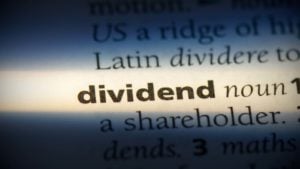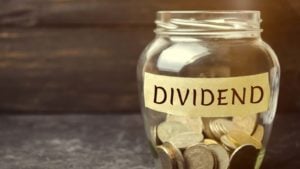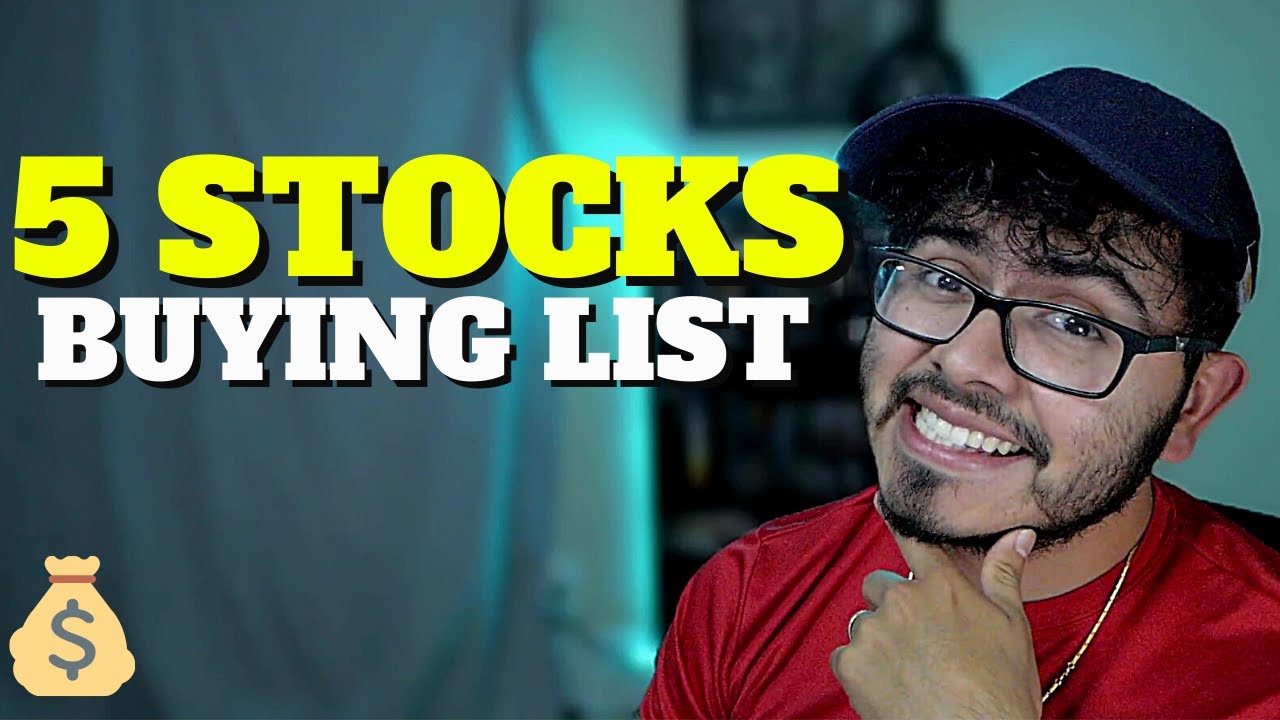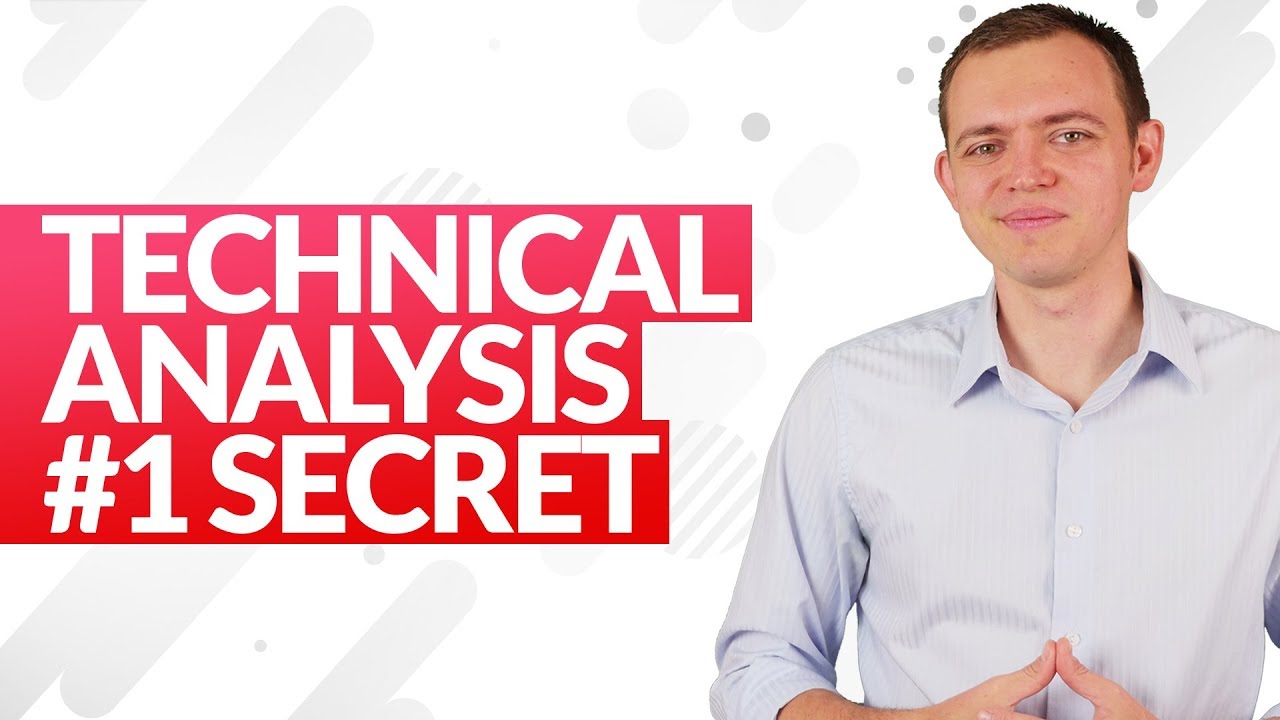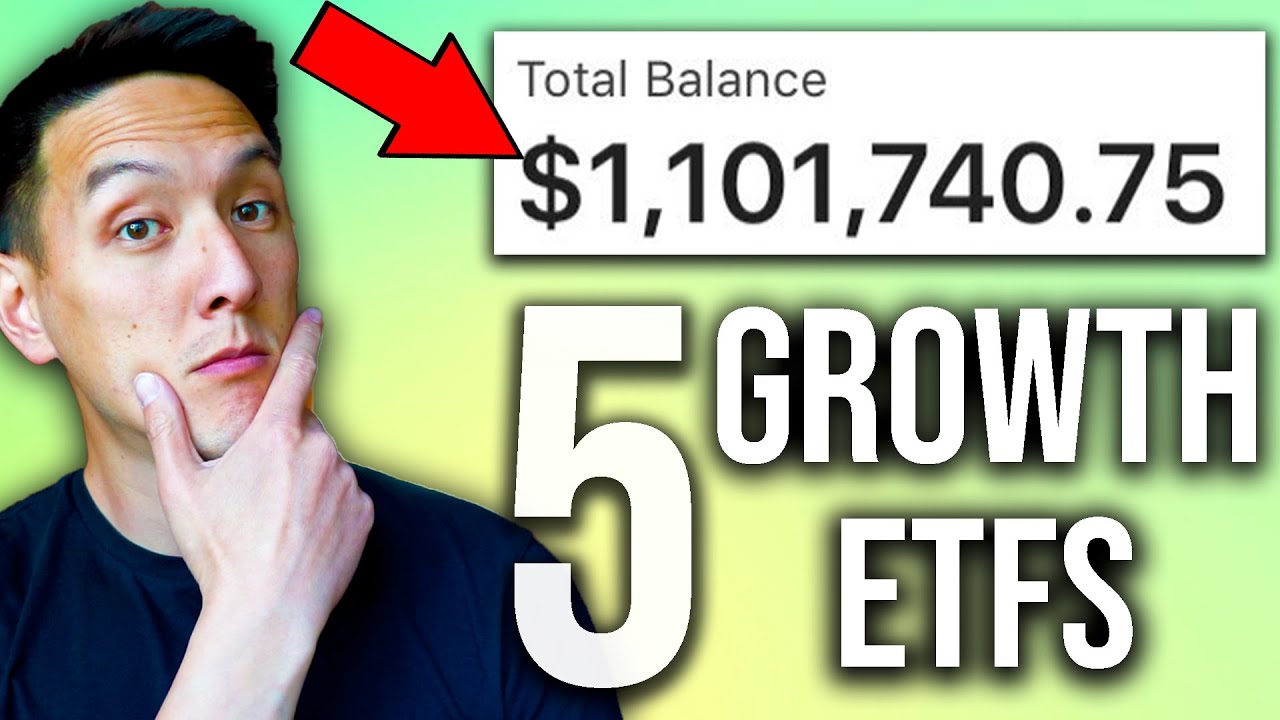Though the term dividend aristocrats generate plenty of interest for the underlying elite status, another even more rarefied category exists called dividend kings to buy. Rather than 25 years of consecutive payout growth, the kings command at least 50 years. As we head into uncertain times, investors should pay close attention to this rare group of enterprises.
Fundamentally, of course, companies that can afford to provide passive income to their stakeholders tend to be deeply established businesses. Should unexpected turbulence hit the market, they’re likelier to ride out the turmoil compared to growth-centric organizations. Therefore, dividend kings to buy deserve serious consideration for your portfolio. In addition, these elites of elite firms will want to keep the trend going at any cost. Naturally, you don’t want to be the person responsible for a 50-plus-year track record being broken. Thus, you’re in reasonably good hands with these dividend kings to buy.
| ABBV | AbbVie | $155.28 |
| CL | Colgate-Palmolive | $73.29 |
| PG | Procter & Gamble | $140.35 |
| NWN | Northwest Natural | $47.41 |
| KO | Coca-Cola | $60.36 |
| SYY | SYSCO | $76.35 |
| JNJ | Johnson & Johnson | $155.56 |
AbbVie (ABBV)

Source: Sisacorn / Shutterstock.com
A top-flight pharmaceutical firm, AbbVie (NYSE:ABBV) ranks among the most intriguing dividend kings to buy. According to Dividend.com, the company features 51 years of consecutive payout growth. Now, it’s worth pointing out for clarification that AbbVie spun off from Abbott Laboratories (NYSE:ABT) in 2012. Therefore, Dividend.com tracks the history to Abbott, not to the 2012 spinoff date.
Now, either way, I don’t think you can go wrong. For Abbott, the company might be undervalued relative to forward earnings. In AbbVie’s case, it too may be undervalued. For instance, the market prices ABBV at a forward multiple of 13.66. As a discount to earnings, AbbVie ranks better than 60.16% of the competition.
Fundamentally, AbbVie’s buyout of Allergan – the manufacturer of Botox – could pay off handsomely. As people return to the office, a greater incentive exists to look presentable. That should help Botox and in turn ABBV stock. Finally, Wall Street analysts peg ABBV as a consensus moderate buy. Further, their average price target stands at $163.64, implying 6% upside potential.
Colgate-Palmolive (CL)
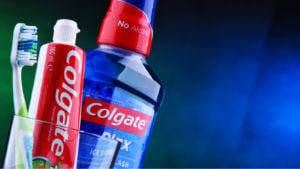
Source: monticello / Shutterstock.com
One of the top manufacturers of household goods, Colgate-Palmolive (NYSE:CL) commands attention for the underlying toothpaste. According to Divdend.com, the enterprise features 60 years of consecutive dividend growth. Further, it carries a forward yield of 2.57%. In contrast, the underlying consumer staples sector’s average yield sits at 1.89%. Finally, its payout ratio is 55.23, reflecting a reasonably sustainable passive income.
According to Gurufocus.com’s proprietary calculations for fair market value (FMV), CL rates as modestly undervalued. Objectively, Colgate-Palmolive’s greatest strengths lie in its profitability metrics. Perhaps most notably, its operating margin stands at 19.77%, outpacing 90.77% of the field. As well, its net margin pings at 9.93%, above nearly 80% of the industry.
Further, while it could use a little bit of improvement in the balance sheet, Colgate-Palmolive’s Altman Z-Score is 6.43. This indicates a very low risk of bankruptcy over the next two years. Lastly, covering analysts peg CL as a consensus moderate buy. Moreover, their average price target is $79.70, implying 8% upside potential. Thus, it’s one of the steady dividend kings to buy.
Procter & Gamble (PG)

Source: Jonathan Weiss / Shutterstock.com
With so many rumblings in the market and in the broader global economy, consumer goods giant Procter & Gamble (NYSE:PG) simply makes sense. However, the enterprise’s status as one of the dividend kings to buy makes PG all the more attractive. Presently, Procter & Gamble commands 67 years of consecutive payout growth. As well, its forward yield stands at 2.61%. Again, this ranks conspicuously higher than the consumer staples sector’s average yield of 1.89%.
According to Gurufocus.com’s FMV calculations, PG rates as fairly valued. Objectively, it might be a tough overvalued. However, this is really an organization built for the long haul. For instance, the consumer goods stalwart features an Altman Z-Score of 5.06, implying low bankruptcy risk. Operationally, PG enjoys a three-year EBITDA growth rate of 31.2%, outpacing 82% of the field. However, it’s again the profitability that drives the case for PG as one of the dividend kings to buy. Its net margin stands at 17.79%, above nearly 92% of the industry.
Turning to Wall Street, analysts peg PG as a consensus moderate buy. Moreover, their average price target is $157.48, implying almost 13% upside potential.
Northwest Natural (NWN)
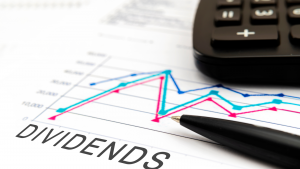
Source: jittawit21/Shutterstock.com
Headquartered in Portland, Oregon, Northwest Natural (NYSE:NWN) provides natural gas service to approximately 2.5 million people in Oregon and southwest Washington. As a public utility, Northwest enjoys a natural monopoly. Because of the scale involved and the high barrier to entry, it’s doubtful that anyone can usurp Northwest.
Cynically, then, NWN makes for an enticing opportunity among dividend kings to buy. Currently, the utility commands 66 years of consecutive dividend increases. Further, its forward yield stands at 4.06%. In contrast, the utility sector’s average yield is 3.75%. Now, one factor to keep in mind is that Northwest’s payout ratio of just under 70% is a bit high. Still, no one’s going to want to give up the dividend king status. Also, for full transparency, Northwest doesn’t offer wow-factor financials. However, Gurufocus.com’s FMV calculations rate NWN as modestly undervalued.
Finally, covering analysts peg NWN as a consensus moderate buy. Further, their average price target stands at $54.33, implying almost 14% upside potential.
Coca-Cola (KO)

Source: Dmitry Lobanov/Shutterstock.com
Probably the world’s most famous soft-drink manufacturer, Coca-Cola (NYSE:KO) needs no introduction. Not only does it represent a blue-chip giant, it effectively symbolizes American capitalism. From this angle, it’s not terribly surprising that KO ranks among the dividend kings to buy.
Right now, the iconic enterprise features 62 years of consecutive payout growth. As well, the company’s fairly generous with its passive income, carrying a forward yield of 3.08%. Again, in contrast, the consumer staples sector’s average yield is 1.89%. While I wouldn’t fret about the sustainability of the yield, prospective investors should note the payout ratio of 65.82%.
At the present juncture, Gurufocus.com rates KO as fairly valued. However, patient investors may be able to advantage of Coca-Cola’s operational strengths. For example, its three-year revenue growth rate pings at 4.6% while its net margin hit 22.19%. Both stats rate into the top tier of the underlying industry. Looking to the Street, covering analysts peg KO as a consensus strong buy. Additionally, their average price target stands at $68.33, implying over 14% upside potential.
SYSCO (SYY)
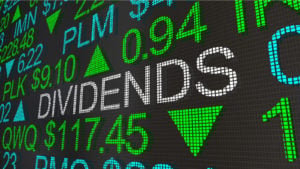
Source: iQoncept/shutterstock.com
Headquartered in Houston, Texas, SYSCO (NYSE:SYY) specializes in marketing and distributing food products, small wares, kitchen equipment, and tabletop items to restaurants, healthcare and educational facilities, and hospitality businesses. Given its vast relevancies, it makes for an attractive idea among dividend kings to buy. Specifically, Sysco commands 54 years of consecutive dividend increases.
In addition, it offers a forward yield of 2.59%. I’m not going to repeat it but it’s higher than the underlying consumer staples sector. Also, it should be stated that the payout ratio sits at 42.68%. While it’s not the lowest figure in the world, no one should worry excessively about yield sustainability. Gurufocus.com rates SYY as modestly undervalued. Objectively, Sysco’s greatest strengths lie in its profitability-related metrics. For instance, its return on asset (ROA) pings at 6.45%, outpacing 77% of the competition.
Turning to Wall Street, analysts peg SYY as a consensus moderate buy. Moreover, their average price target stands at $88.15, implying nearly 17% upside potential.
Johnson & Johnson (JNJ)

Source: Shutterstock
A consumer goods and healthcare giant, Johnson & Johnson (NYSE:JNJ) represents one of the world’s most recognizable brands. As well, with so many events seemingly spiraling out of control globally, JNJ just seems like a smart bet overall. Tack on the fact that it’s one of the dividend kings to buy and you have a very compelling bullish case.
At the moment, Johnson & Johnson features 61 years of consecutive payout growth. In addition, the company carries a forward yield of 2.91%. In contrast, the healthcare sector’s average yield sits at 1.58%. Also noteworthy is the payout ratio, which pings at 41.5%. At this rate, investors can sleep a little easier when it comes to yield sustainability. Financially, the company’s greatest strengths lie in its profitability metrics. Notably, its net margin hit 18.9%, blowing past 87% of the industry. Plus, the company’s Altman Z-Score is 4.01, reflecting low bankruptcy risk.
Lastly, covering analysts peg JNJ as a consensus moderate buy. Additionally, their average price target stands at $183.10, implying 20% upside potential.
On the date of publication, Josh Enomoto did not have (either directly or indirectly) any positions in the securities mentioned in this article. The opinions expressed in this article are those of the writer, subject to the InvestorPlace.com Publishing Guidelines.




